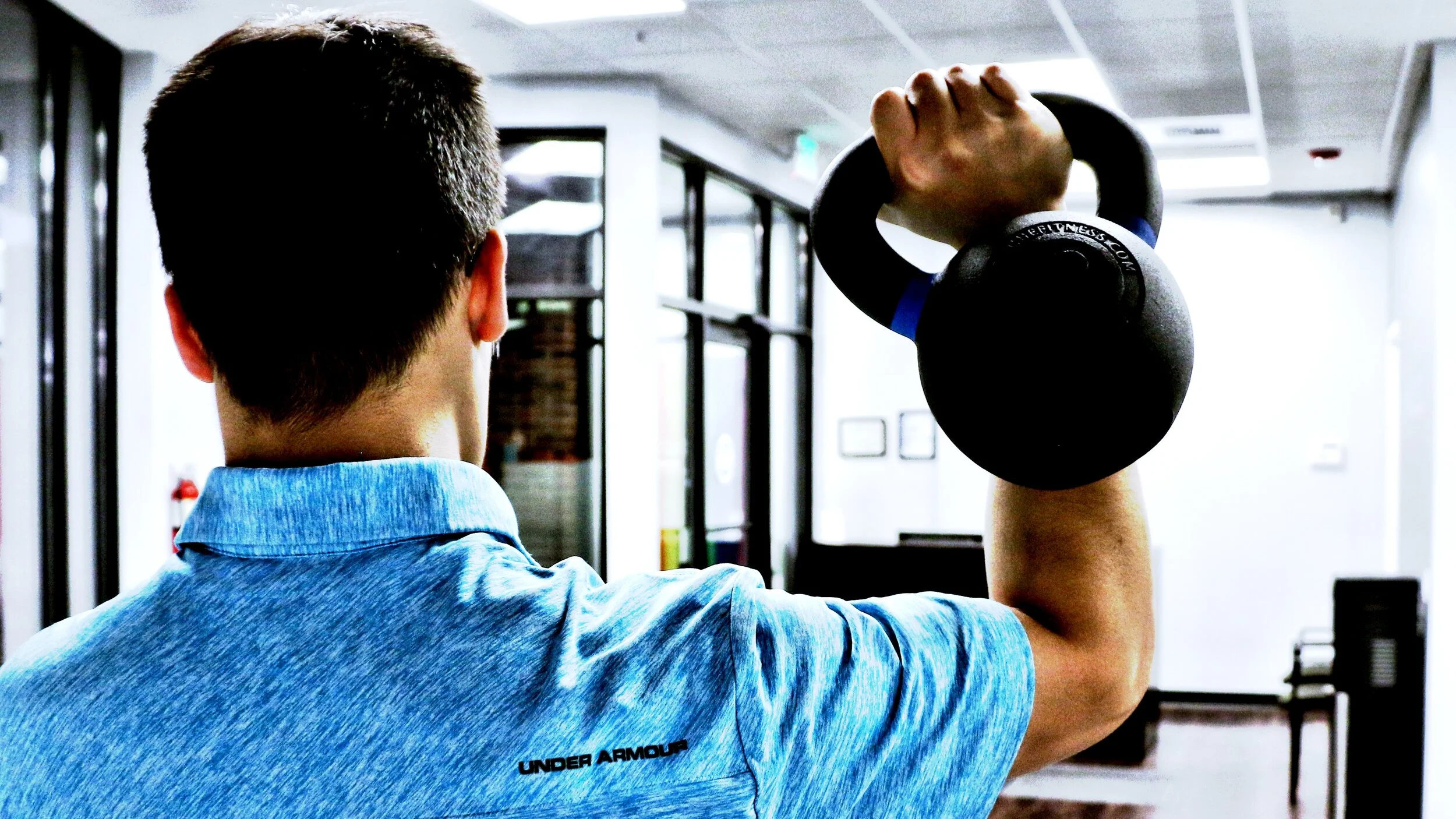Inflammation in Shoulder Impingement
Shoulder impingement syndrome occurs when the subacromial bursa and the supraspinatus tendon are compressed between the humerus and the acromion process. Occasionally, there is a bone spur intruding into this subacromial space which is believed to be a cause of shoulder impingement and rotator cuff tendon pain. However, the clinical relevance of bone spur formation with shoulder impingement has been called into question.Because of these problems with the diagnosis of shoulder impingement, there has been much debate on whether shoulder impingement is an actual pathology or normal shoulder biomechanics. In fact, some have suggested that subacromial shoulder pain is actually a rotator cuff tendon problem instead of an impingement problem. Which leads to the potential role of inflammation with shoulder impingement.
Shoulder Impingement & Supraspinatus Tendinitis
A study published in BMJ looked at the response of the supraspinatus tendon to loading to fatigue. The study by Karen McCreesh, compared the response of a pain-free group to a painful supraspinatus tendon group. What they found was the painful supraspiantus group had a larger decrease in acromiohumeral distance at both 1 hour and 6 hours post loading compared to the pain-free group. They also found that the supraspinatus was thicker 6 hours after loading due to swelling compared to the pain-free group. In fact, the pain-free supraspinatus group actually had decreased thickness 1 hour after loading. Supraspinatus thickness for both groups returned to baseline at 24 hours.
There are several implications of this study for the treatment of shoulder impingement.
The first is that this study further supports that subacromial shoulder pain may actually be a rotator cuff issue. The development of tendinopathy includes an increase of glycosaminoglycans in the pathologic tendon. This will increase the fluid retention in the tendon. This is opposed to the conventional view of bone spurs causing shoulder impingement, potentially leading to misdirected surgeries to remove the bone spur. The second is rehabilitation should avoid loading to fatigue, at least in the beginning stages of treatment. Exercise is a necessary treatment for shoulder impingement, especially eccentric exercises, because of it’s potential role in changing the fluid dynamics in tendon. However, it may not be necessary to load the shoulder to fatigue to stimulate these matrix changes in the tendon.
Concluding Remarks.
While inflammation is not the primary driver of shoulder impingement or tendinopathy, swelling in the tendon may have a role in the development of subacromial shoulder pain. This study also further supports that subacromial shoulder pain may actually be a rotator cuff tendinopathy and not an impingement syndrome. The emphasis of treatment should therefore transition from the cause of impingement to the tendon pathology.
